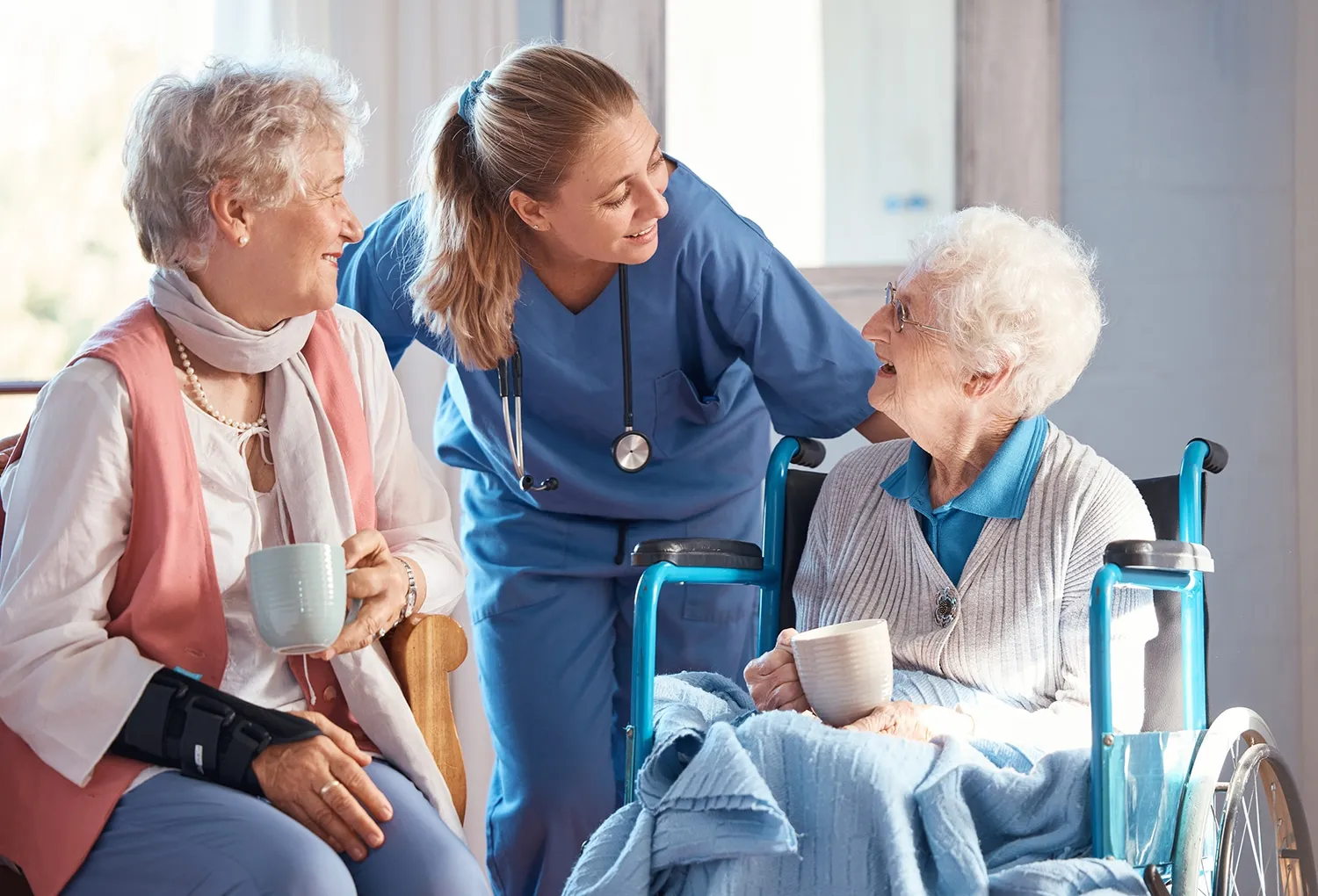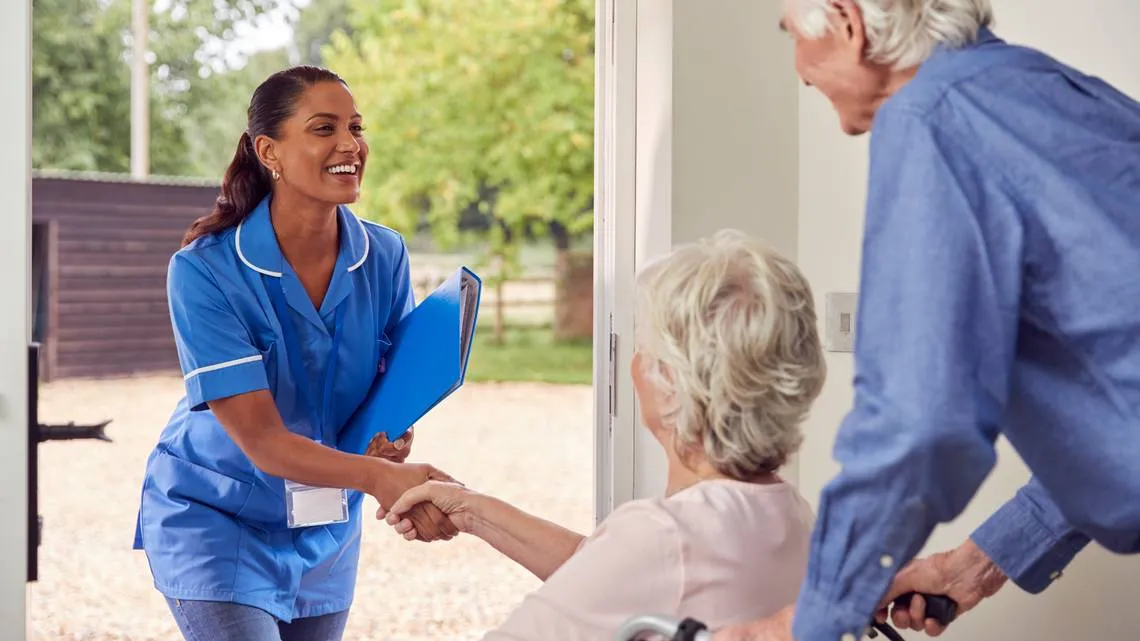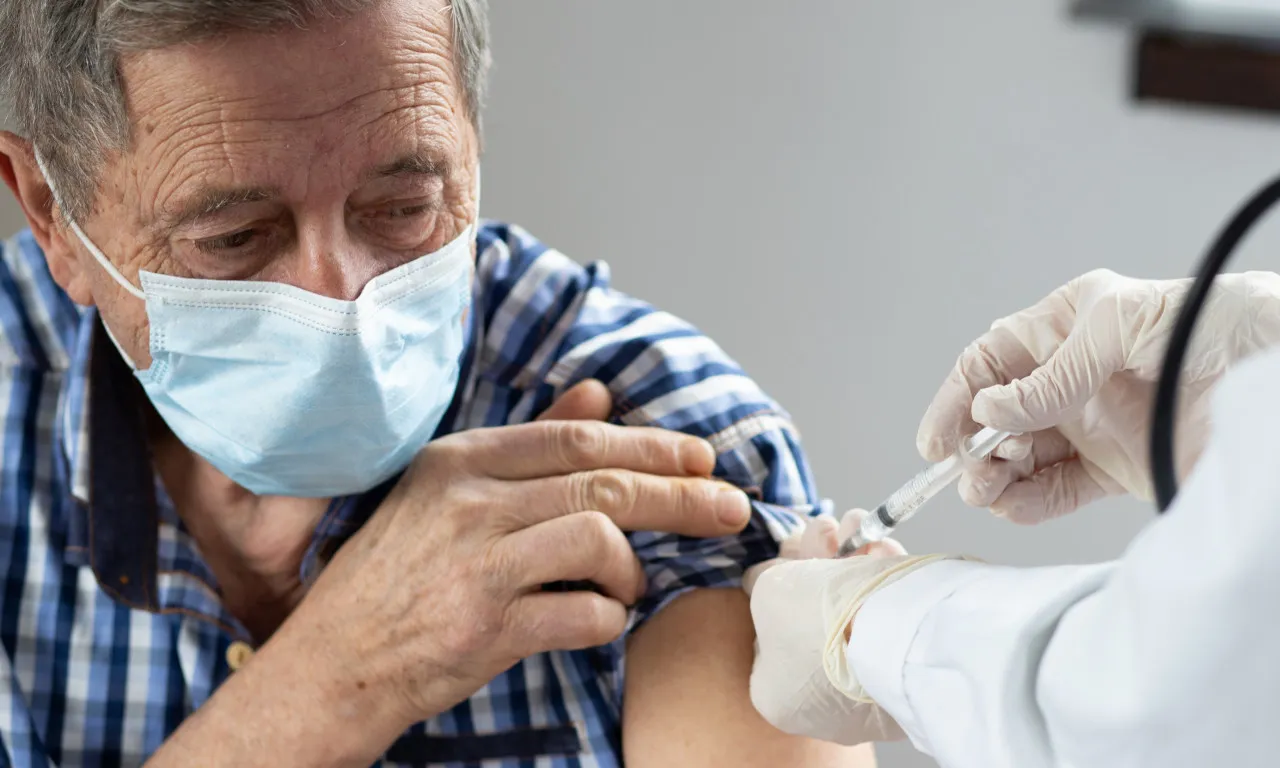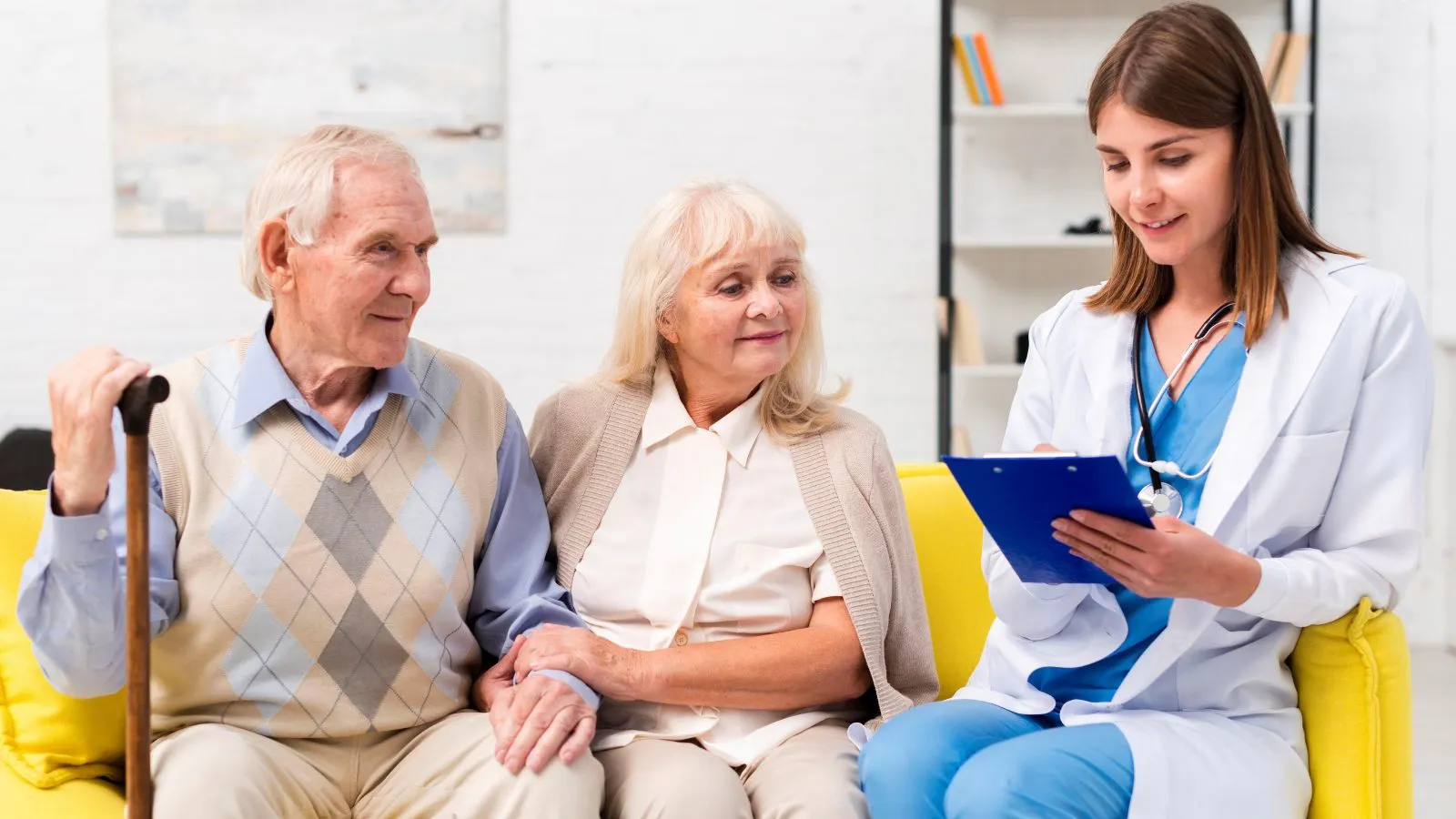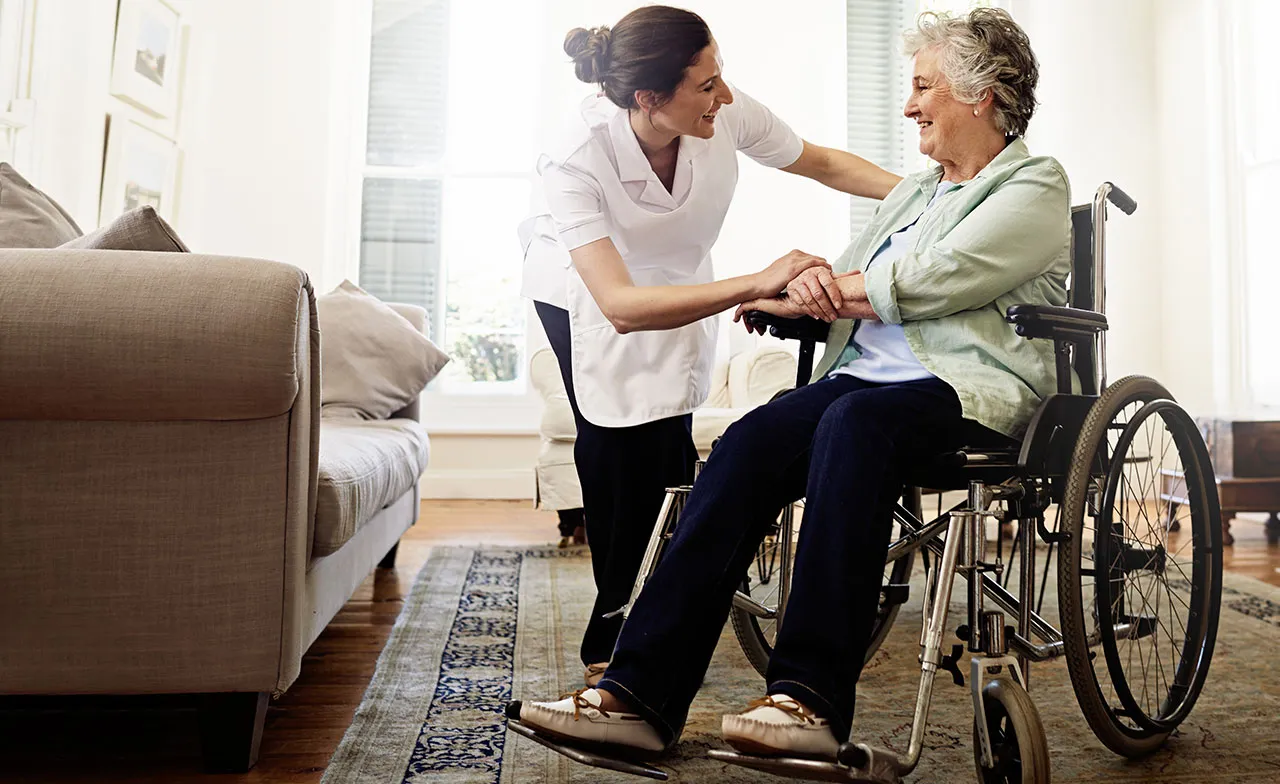A stroke can disrupt cognitive and physical abilities, but the brain’s remarkable capacity to heal—neuroplasticity—offers hope. Targeted exercises can accelerate recovery by rebuilding neural connections and strengthening skills like memory, focus, and coordination. Whether you’re a survivor or caregiver, incorporating structured brain activities into daily routines can foster independence and confidence. Below, we explore five therapist-approved exercises designed to stimulate healing, improve mental agility, and enhance emotional well-being. Always consult your healthcare team to tailor these practices to your unique needs and progress safely.
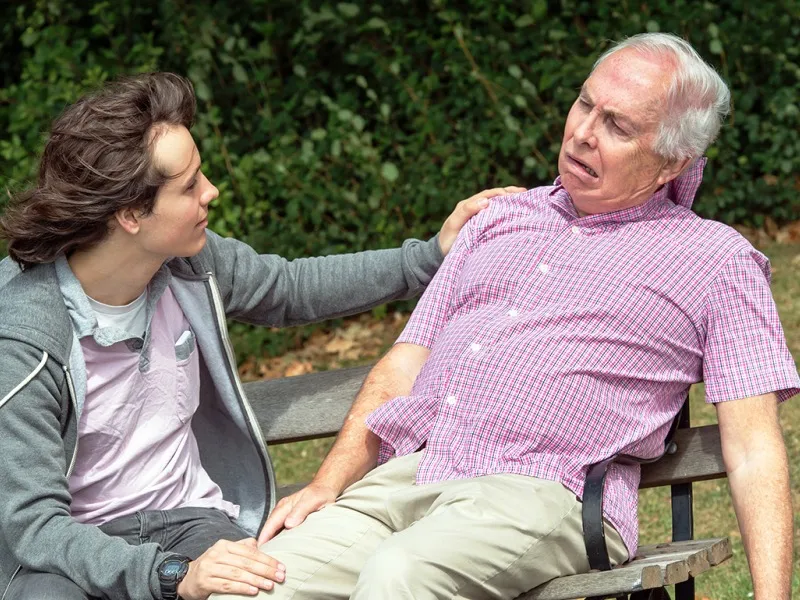
Puzzles and Strategy Games
Engaging in puzzles and strategy games is a powerful way to stimulate cognitive recovery after a stroke. Activities like crosswords, Sudoku, or jigsaw puzzles challenge problem-solving skills, sharpen focus, and encourage patience. Strategy-based games such as chess or checkers go a step further by requiring forward-thinking and decision-making, which activate the brain’s prefrontal cortex. For beginners, start with simpler puzzles to build confidence, then gradually progress to more complex tasks.
Digital apps like Lumosity or Elevate offer guided exercises tailored to cognitive rehabilitation, with adjustable difficulty levels. Aim for short, daily sessions of 15–20 minutes to avoid mental fatigue. These activities promote neuroplasticity—the brain’s ability to form new neural pathways—by engaging multiple regions simultaneously. Over time, consistent practice can improve memory retention, attention span, and even emotional resilience, making puzzles a versatile tool in post-stroke recovery.
How to Practice?
- Start with simple puzzles and gradually increase difficulty.
- Use apps like Lumosity or Elevate for guided cognitive games.
- Aim for 15–20 minutes daily to avoid mental fatigue.
Memory Training Exercises
Memory exercises are essential for rebuilding cognitive function after a stroke, particularly if short-term or long-term memory has been affected. Techniques like using flashcards, playing “memory match” card games, or recalling details from a recent event strengthen the brain’s ability to encode and retrieve information. For example, try visualizing a grocery list and mentally “placing” items in different rooms of your house—a method called the “memory palace.”
Pairing verbal repetition with visual imagery enhances retention by engaging both auditory and visual brain regions. Apps like Peak or CogniFit provide structured memory drills, while low-tech options like storytelling with a loved one can be equally effective. Consistency is key: even 10 minutes of daily practice can lead to noticeable improvements. Over time, these exercises help restore confidence in daily tasks, from remembering names to managing routines independently.
How to Practice?
- Use flashcards with images or words.
- Play “memory match” card games.
- Try recalling details from a recent event or story.
Art or Music Therapy
Creative therapies like art or music engage the brain’s right hemisphere, fostering emotional expression and motor skill recovery. Painting, drawing, or coloring activates fine motor control and spatial awareness, while also reducing stress. For those with limited dexterity, adaptive tools like thick-handled brushes or ergonomic grips can make activities more accessible. Music therapy, such as playing simple melodies on a keyboard or drumming to a rhythm, improves coordination and timing.
Singing along to familiar songs can also aid speech recovery by leveraging melody to bypass damaged language centers—a technique called melodic intonation therapy. Group classes (in-person or virtual) add a social component, combating post-stroke isolation. Even passive engagement, like listening to calming music, can regulate mood and lower anxiety. By blending creativity with rehabilitation, these therapies offer a joyful, low-pressure path to cognitive and emotional healing.
How to Practice?
- Take up coloring books for low-pressure art.
- Learn simple songs on a keyboard or percussion instrument.
- Join a virtual art/music class for social interaction.
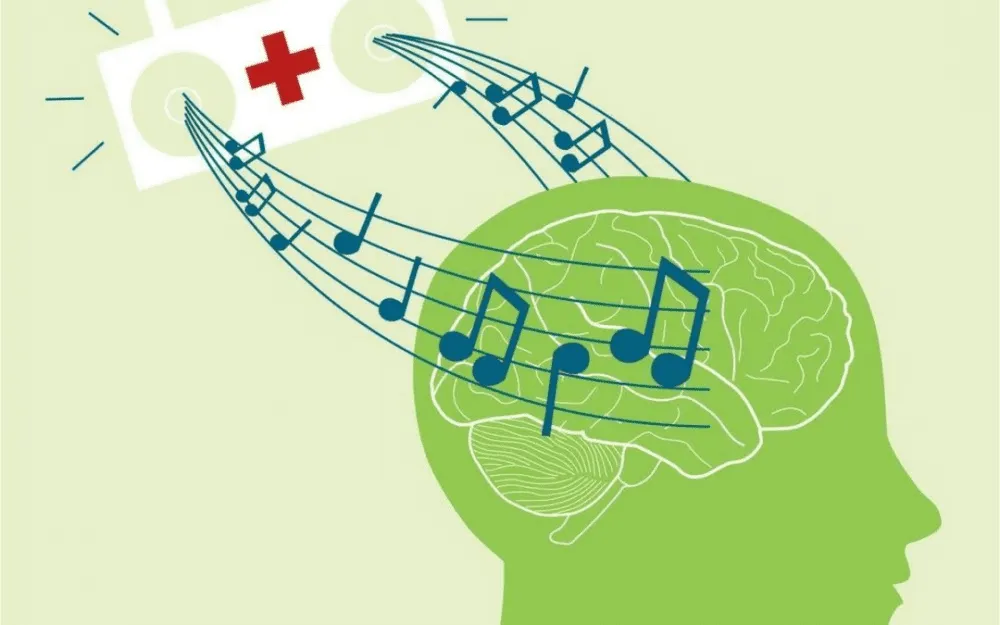
Hand-Eye Coordination Tasks
Rebuilding hand-eye coordination is critical for restoring independence after a stroke. Activities like stacking blocks, tossing a soft ball, or tracing shapes on paper strengthen the connection between the brain and body. Squeezing therapy putty or using stress balls enhances grip strength and fine motor control, while tasks like handwriting practice or assembling puzzles improve precision. For those with limited mobility, adaptive tools like weighted utensils or angled pens can make exercises more manageable.
Start with short, seated sessions to avoid fatigue, and gradually incorporate standing or moving tasks (e.g., catching a balloon). These exercises not only boost physical dexterity but also stimulate the cerebellum, the brain region responsible for coordination. Over time, consistent practice can lead to smoother movements, better balance, and increased confidence in daily activities like cooking or dressing.
How to Practice?
- Use therapy putty to squeeze and mold shapes.
- Play catch with a soft ball or balloon.
- Practice handwriting or tracing shapes.
Conversation and Social Interaction
Regular conversation and social engagement are vital for language recovery and emotional well-being after a stroke. Engaging in dialogue—whether with family, friends, or support groups—strengthens language processing, attention, and empathy. If verbal communication is challenging, start with small talk about familiar topics or practice naming objects aloud. Speech therapy apps like Constant Therapy offer structured exercises for aphasia recovery, while storytelling (e.g., recounting your day) helps organize thoughts and improve fluency.
Non-verbal methods, such as writing in a journal or using gestures, keep communication channels open. Social interaction also combats isolation, a common post-stroke issue, by fostering a sense of belonging. Online communities or local stroke clubs provide safe spaces to share experiences and celebrate progress. Over time, these interactions rebuild cognitive flexibility and resilience, empowering survivors to reconnect with their world.
How to Practice?
- Join a support group (in-person or online).
- Practice storytelling by recounting your day to a loved one.
- Use speech therapy apps like Constant Therapy for structured practice.
Final Thoughts
Recovering from a stroke requires patience, persistence, and the right tools. By integrating these brain exercises into daily life, survivors can harness neuroplasticity to regain cognitive function and emotional resilience. Celebrate small victories, stay consistent, and lean on support networks to stay motivated. Remember, progress is gradual, and every effort counts. Partner with your healthcare providers to adjust activities as you grow stronger. With time and dedication, these practices can pave the way toward a fuller, more empowered post-stroke journey.

